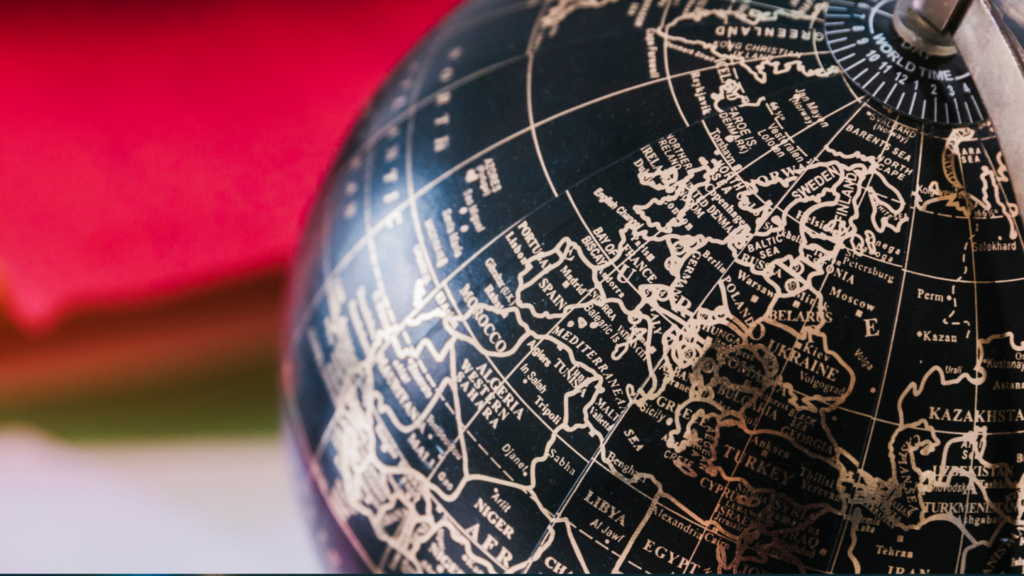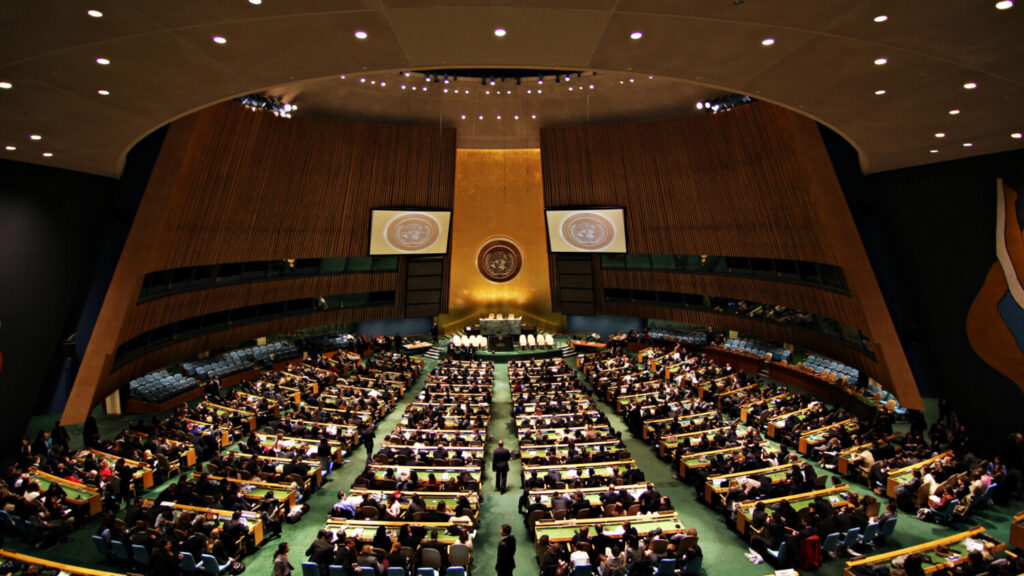India-China-US: A New Strategic Triangle?
In 2025, India, China, and the United States are no longer cautiously orbiting one another. Their strategic paths are beginning to collide, shaped by friction over trade, oil, and geopolitical ambition. The most consequential signal came from Washington, where President Trump imposed a sweeping 50 percent tariff on Indian exports (Reuters 2025a). It was a stark departure from past efforts to position India as a central partner in counterbalancing China. Instead, the White House labelled India’s economy a liability and used tariffs to punish its continued purchase of discounted Russian oil (CFR, 2025). The message was clear where allies are no longer exempt from economic pressure.
India Pushes Back Against U.S. Pressure
The effect has been instant and disorienting. India, once a symbol of strategic alignment with the West, is being compelled to reassess the worth of its alignment with the US. For more than ten years, the tie had provided access to technology, investment, and a shared vision of an open Indo-Pacific. That calculus has been coming into flux. India isn’t breaking ranks, but it’s testing new territory. New Delhi’s move to continue oil purchases from Russia even after tariff threats signifies an intensified adherence to its long-held doctrine of strategic autonomy (LiveMint, 2025). It signals that India will no longer compromise sovereignty in exchange for rhetorical partnerships.
In addition, India has avoided public confrontation. The government has met the tariff announcement with the cutting of some duties on American goods and fast-tracking Tesla’s forthcoming Mumbai venture (Reuters, 2025b). The tone in Delhi, however, remains defiant. The Ministry of External Affairs has resisted correlating energy security with diplomatic concessions. Instead, it has utilised the 21-day negotiating period prior to the full tariff enforceability in searching for concessions as a strategy that blends pragmatism with leverage (AP, 2025). Damage minimisation is tried, while freedom of action has been maximised. The outcome may not be clean, but it reflects a maturing foreign policy doctrine, where pressure has been absorbed and transfigured into bargaining leverage.
These developments have not bypassed Beijing. Beijing has taken advantage of the moment to rebrand itself as a more predictable, if not nicer, interlocutor. Beijing officials denounced the US action as an abuse of trade instruments and cited India as an emerging victim of Washington’s erratic diplomacy. The shift in tone has been strategic. Prime Minister Modi is now preparing for his first visit to China in seven years. Technical dialogues between the two countries have restarted under the Shanghai Cooperation Organisation framework (MEA, 2025; Reuters 2025c). While historical mistrust and territorial disputes remain unresolved, both sides appear to recognise the value in pragmatic engagement.
For Beijing, it’s less about building a lasting relation with India than about breaking its isolation. Pledging India minimal economic assistance or cooperation in multilateral institutions costs Beijing little, but it weakens the US-led narrative of collective action in Asia. Beijing has a clear understanding about the limits of its appeal; which is, not thinking about making India an ally, but rather about weakening its tilt with the West just enough to maintain strategic ambiguity (Gokhale 2022).
A Triangle That Redraws Global Politics
The US, meanwhile, risks a great deal. Its decision to escalate tariffs at a time of growing multipolarity may backfire. India is not a predictable state that reacts to coercion. It reacts instead by balancing its options. The longer-term risk is that India starts constructing stronger alternatives beyond the US economic domain. India is already diversifying its trade with Southeast Asia; its energy ties with the Gulf and gradually exploring techno-cooperation beyond Silicon Valley (Jaishankar 2020; OECD 2025).
These manoeuvres do not mean India is tilting towards China. However, they do reflect a shift in mindset. New Delhi is not looking for patrons; it is trying to widen its margin of autonomy in a world where great powers increasingly view economic tools as instruments of dominance. This is not a return to non-alignment, but an evolution into what Indian policymakers now call “multi-alignment with leverage” (O’Donnell 2021). Its impact also goes beyond diplomacy. The economic division deepens at an accelerating rate. Strategic trust keeps eroding. Global investors are reassessing. In the Indo-Pacific, trends in supply chains and digital ecologies toward decoupling are already in sight (UNCTAD 2024). If this trajectory holds, the region might see the rise of adversary blocs with non-compatible standards and differing rules. That would complicate collaborative action on climate, pandemics, or maritime security. The 50 percent tariff is one step, but it could well be the precursor to a deeper structural shift.
For now, India plays it both ways, neither retreating before the US nor leaping into Beijing’s embrace. The message, however, is unambiguous, it will not be lectured into submission. China, despite its cautious overtures, could never erase decades of mistrust with one stroke. And the US must decide whether short-term tactical advantage is worth the longer-term cost of alienating an ally it once called indispensable. This phase is less about alignment but about adaptation. Both sides are recalibrating their expectations. India is demonstrating that it can take pressure without bending, that it can negotiate without surrendering, and that it stands ready to defend its national interest even under unfavourable circumstances. That does not make it a spoiler, nor a substitute for China, but a force in its own right. How this triangle will shape itself will not only decide the geopolitics of Asia, but the character of the global order. In an age where coercion replaces consensus, and influence is traded like currency, the ability to remain strategically lucid under fire may prove to be the greatest asset of all.
Bibliograhy
- Associated Press (2025) ‘Trump to put additional 25% import taxes on India, bringing combined tariffs to 50%’, AP News, 6 August. Available at: https://apnews.com/article/trump-india-russia-oil-tariffs-2db9dc22d7b56624bdceb2e15c134d60
- Fernandes, J. (2025) ‘Why India will continue Russian oil imports despite Trump’s tariffs’, Mint (LiveMint), 14 August. Available at: https://www.livemint.com/companies/news/indian-oil-continue-buy-russia-oil-import-crude-ioc-chairman-as-sahney-economic-rationale-us-donald-trump-50-pc-tariffs-11755185362712.html
- Gokhale, V. (2022) ‘A Historical Evaluation of China’s India Policy: Lessons for India–China Relations’, Carnegie Endowment for International Peace, 13 December. Available at: https://carnegieendowment.org/research/2022/12/a-historical-evaluation-of-chinas-india-policy-lessons-for-india-china-relations
- Jaishankar, S. (2020) The India Way: Strategies for an Uncertain World. New Delhi: HarperCollins.
- Juster, K. I. (2025) ‘Will Trump’s India Tariffs Affect a Critical U.S. Partnership?’, Council on Foreign Relations, 18 August. Available at: https://www.cfr.org/article/will-trumps-india-tariffs-affect-critical-us-partnership
- O’Donnell, F. (2021) ‘India’s multi-alignment management and the Russia–India–China (RIC) triangle’, International Affairs, 97(3), pp. 801–820. Available at: https://academic.oup.com/ia/article-pdf/97/3/801/37874180/iiab036.pdf
- Organisation for Economic Co-operation and Development (OECD) (2025) OECD Supply Chain Resilience Review. Paris: OECD, 2 June. Available at: https://www.oecd.org/en/publications/oecd-supply-chain-resilience-review_94e3a8ea-en.html
- Reuters (2025) ‘India’s Modi to visit China for first time in 7 years as tensions with US rise’, Reuters, 6 August. Available at: https://www.reuters.com/world/india/indias-modi-visit-china-first-time-7-years-tensions-with-us-rise-2025-08-06/
- Reuters (2025) ‘Trump imposes extra 25% tariff on Indian goods; ties hit new low’, Reuters, 6 August. Available at: https://www.reuters.com/world/india/trump-imposes-extra-25-tariff-indian-goods-ties-hit-new-low-2025-08-06/
- Shah, A. and Monnappa, C. (2025) ‘Tesla enters India with $70,000 Model Y as Musk yields to steep tariffs’, Reuters, 15 July. Available at: https://www.reuters.com/business/autos-transportation/tesla-sell-model-y-cars-starting-69766-india-2025-07-15/
- United Nations Conference on Trade and Development (UNCTAD) (2024) World Investment Report 2024: Investment facilitation and digital government. Geneva: United Nations, 20 June. Available at: https://unctad.org/publication/world-investment-report-2024



